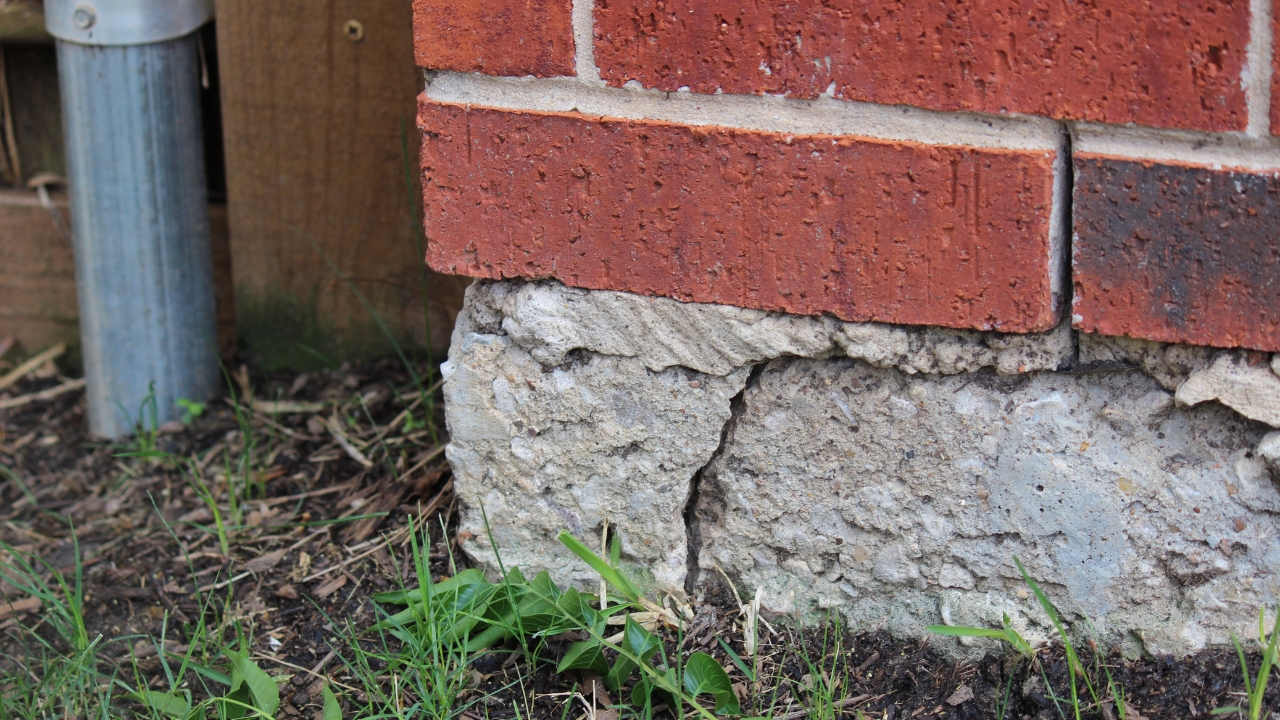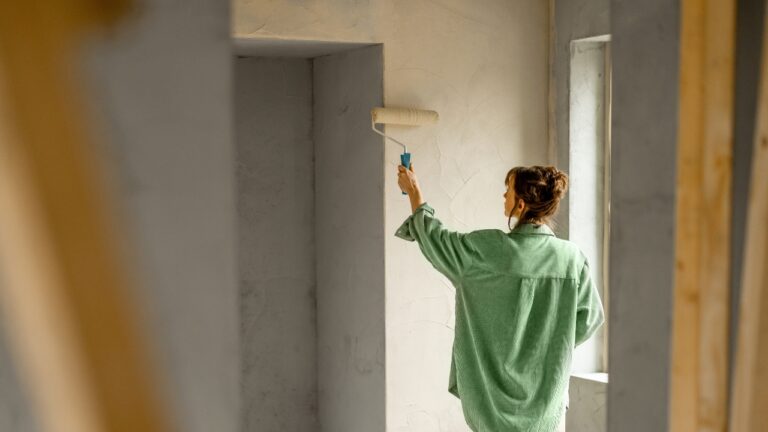10 Signs Your Home’s Foundation Needs Attention
Your home’s foundation is like its backbone—if something’s off, the whole structure can start to feel the strain. It’s not always obvious when there’s a problem, though. The signs can be subtle at first, like a sticking door or a tiny crack in the wall. But ignoring those little clues could lead to some big, expensive headaches later.
Catching these issues early can save you time, stress, and money. Whether it’s something as simple as uneven floors or as serious as a sagging roofline, knowing what to watch for can make all the difference. Here’s what you need to keep an eye on to protect your home and your peace of mind.
Cracks in Your Walls or Ceilings

Notice a crack running along your wall? That’s not just your house “settling.” Cracks, especially around door frames, windows, or ceiling corners, might hint at a foundation problem. Horizontal cracks are often more concerning and could point to structural strain. Even vertical ones, though sometimes just a sign of settling, deserve attention. Don’t wait for them to grow; calling in an expert to assess the situation can save you headaches—and money—later.
Ignoring cracks might seem harmless, but they often get worse over time. Think of it like catching a leak before it becomes a flood. A quick inspection from a pro can confirm whether you’re dealing with normal wear or something more serious.
Doors or Windows That Won’t Close Properly
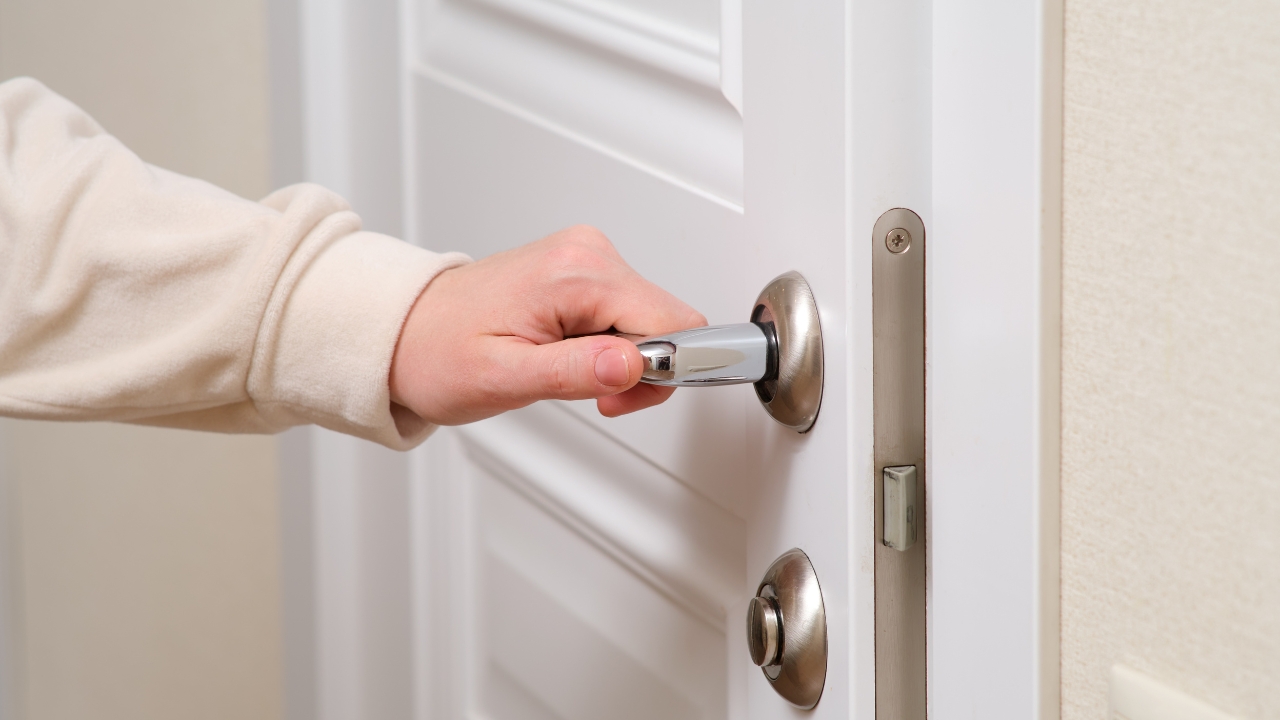
Struggling to close that window you’ve used for years? It’s not just the weather playing tricks. When your foundation shifts, it can throw door and window frames out of alignment. What used to glide shut with no effort now sticks or scrapes—and that’s not normal.
This issue doesn’t just fix itself, either. Misaligned frames can signal that your foundation is under stress, and ignoring it could lead to bigger, pricier problems. Spotting these small shifts early gives you the chance to address the underlying cause before things escalate.
Uneven or Sloping Floors

Ever felt like you’re walking uphill in your own home? Uneven or sloping floors might mean your foundation is no longer as stable as it should be. As the foundation shifts or settles unevenly, the floors above it can start to sag or tilt, creating a noticeable slope that you might trip over—literally or financially.
Don’t brush off those slight dips or bumps. Over time, uneven floors can lead to more structural issues. If you feel like something’s off, it’s worth having a professional take a look before the problem gets harder (and pricier) to fix.
Gaps Between Walls and the Floor or Ceiling
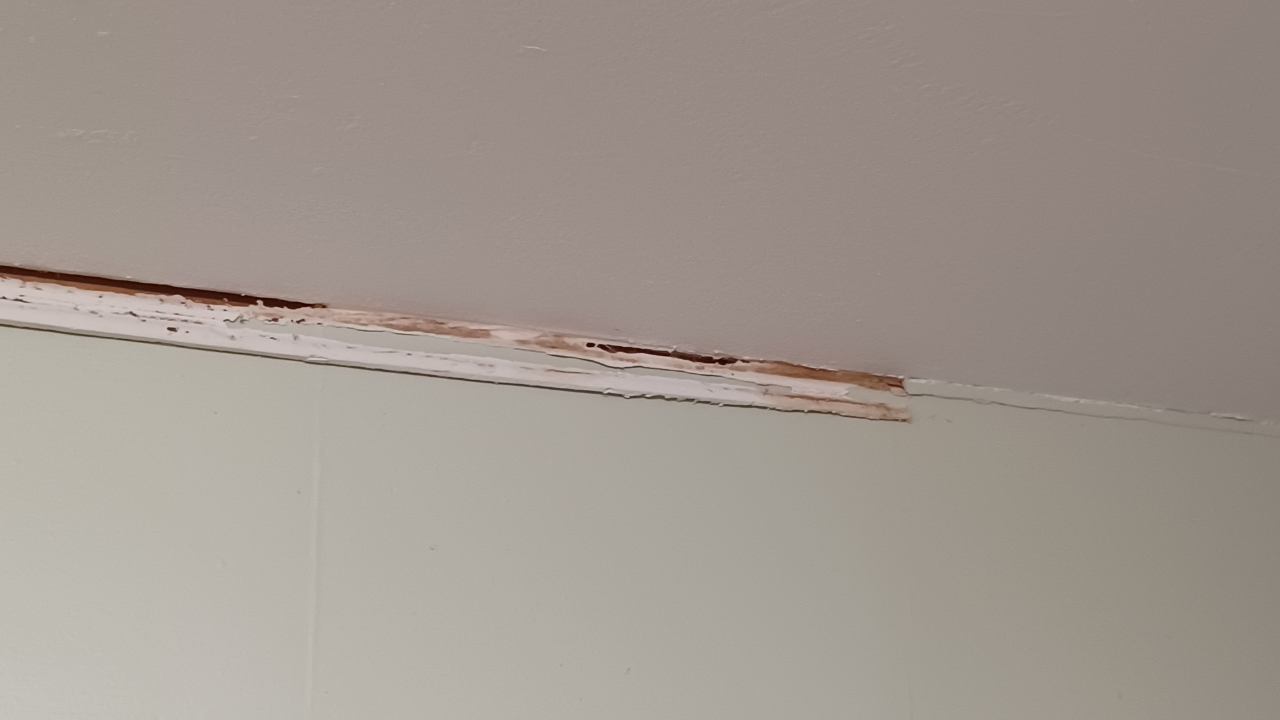
Spotting a gap between your walls and the floor or ceiling? That’s not just bad craftsmanship—it could mean your foundation is moving. These gaps often show up in corners, where the shifting is most obvious. If they start to widen, it’s a sure sign the foundation needs attention.
It’s tempting to ignore small gaps or caulk them and move on, but that’s only masking the problem. Keeping an eye on these spaces—and acting quickly if they change—can help you get ahead of any major repairs.
Bowing or Leaning Walls
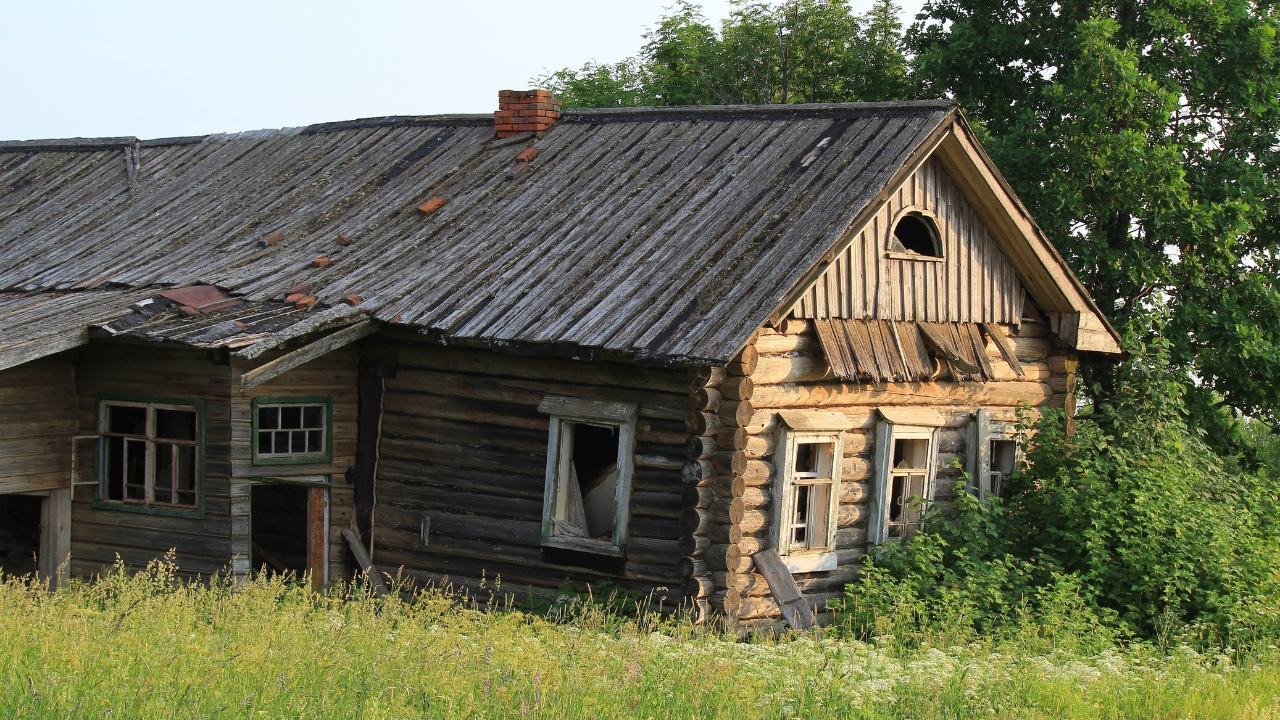
A wall that’s bowing or leaning inward isn’t just an eyesore—it’s a red flag. This usually happens when the soil outside your home is putting too much pressure on the foundation. Over time, this pressure can cause serious structural damage, making the problem worse if left unchecked.
Don’t wait on this one. Bowing walls often require immediate attention, possibly from a structural engineer or foundation specialist. Acting quickly can prevent further damage and help you avoid costly repairs down the road.
Cracks and Gaps on Your Home’s Exterior

Take a walk around your house and inspect the foundation, bricks, and mortar joints. If you see cracks or gaps forming, especially near doors, windows, or siding, your foundation might be shifting. Even small exterior cracks can let moisture seep in, which only adds to the problem.
These gaps don’t just disappear on their own—they tend to grow. Catching them early can save you from a much bigger headache later. Keep an eye out for any changes and get them checked out before they lead to more extensive (and expensive) repairs.
Sagging or Uneven Roofline
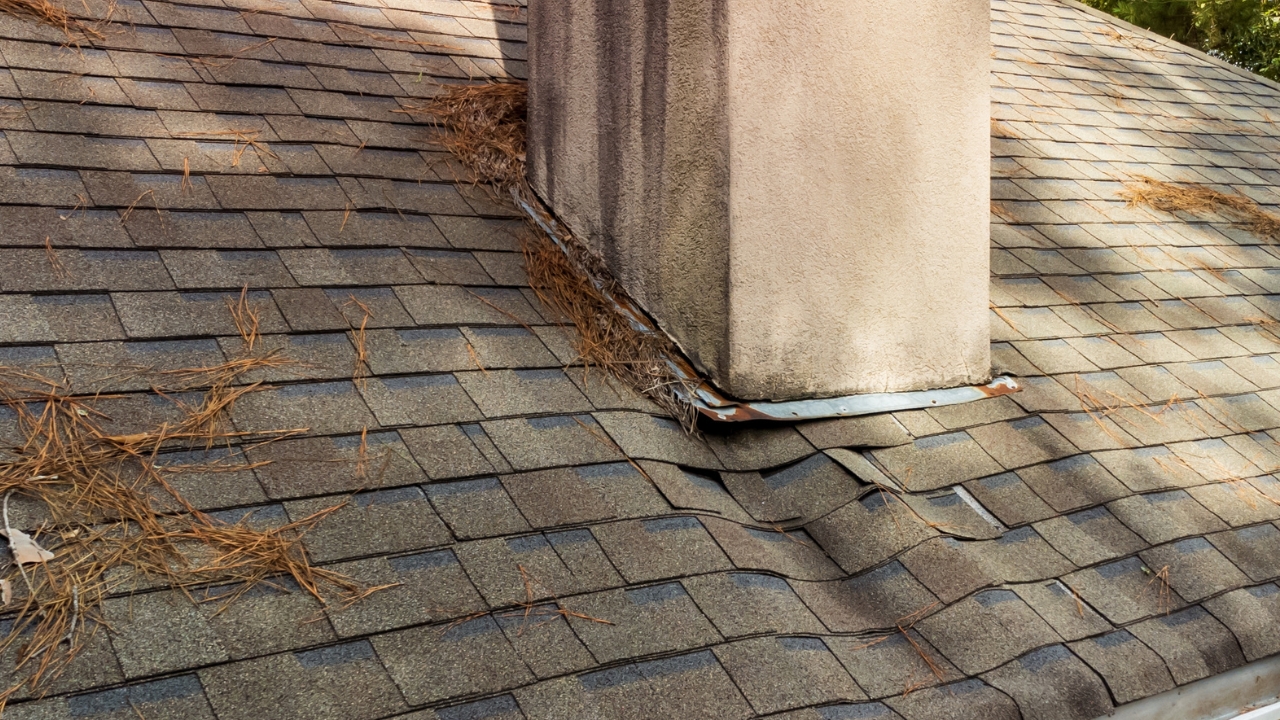
If your roofline looks more like a wave than a straight line, it’s not just a cosmetic issue. A sagging or uneven roofline often points to foundation movement. When the base of your home shifts, it can throw off the structural support, causing the roof to dip or slope in places.
This isn’t something to shrug off. Over time, it can lead to more serious issues with your home’s structural integrity. If you spot this, call a professional to assess the situation before it turns into a major repair job.
Moisture or Water in the Basement
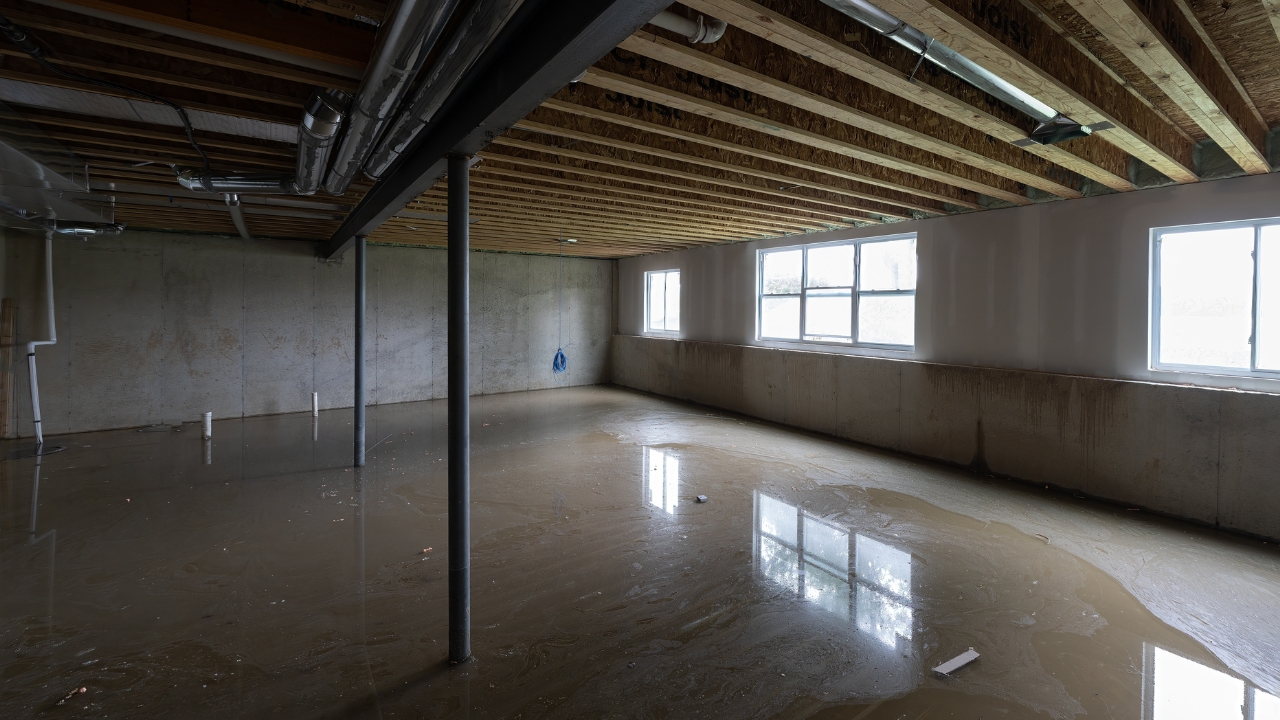
A damp or musty basement isn’t just unpleasant—it’s a clue that your foundation might be struggling. Water intrusion or excessive moisture can erode the foundation over time, leading to cracks and weakening the overall structure. Watch for signs like water stains, mold growth, or puddles on the floor.
Left unchecked, moisture problems can snowball into costly repairs, not to mention the health risks from mold. Addressing basement leaks early can protect your foundation and save you a lot of hassle in the long run.
Cracks in Exterior Concrete Surface

Spotting cracks in your sidewalk, driveway, or patio? These aren’t just minor wear and tear—they can be signs of soil movement beneath your home. When the ground shifts, it puts pressure on the surrounding concrete, causing it to crack. These surface issues might be hinting at deeper foundation concerns.
Don’t ignore them, especially if the cracks seem to grow over time. Addressing these early can help prevent more extensive damage to your foundation and save you from expensive repairs down the line.
A Sinking or Uneven Foundation
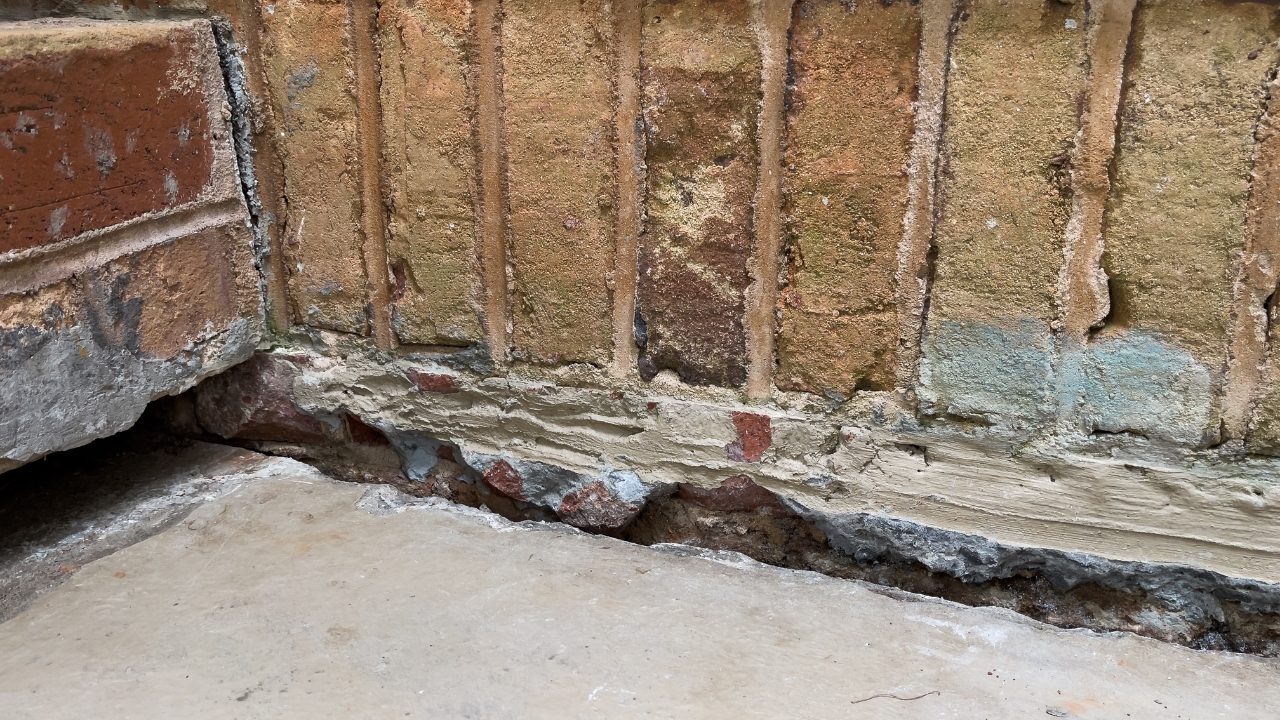
Noticing one side of your house sitting lower than the other? That’s a classic sign of foundation trouble. Uneven settling can happen when the soil beneath your home shifts or erodes, leaving parts of your foundation unsupported.
It’s tempting to let it slide if the change is gradual, but sinking foundations only get worse over time. A professional evaluation can help you determine the extent of the issue and what steps are needed to stabilize your home.
*This article was developed with AI-powered tools and has been carefully reviewed by our editors.

